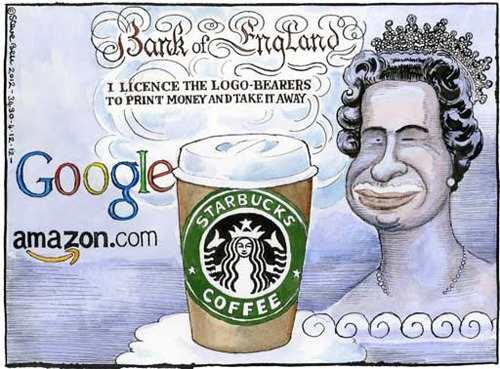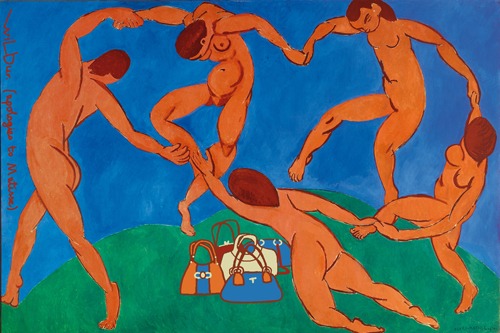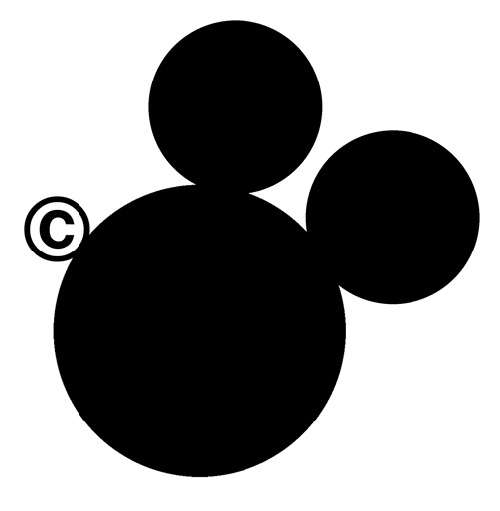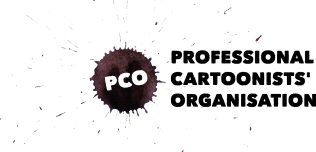
Many PCO members feature in an exhibition that brings together cartoonists and contemporary artists called Pastiche, Parody and Piracy and opens at the Cob Gallery in north London on 20 June.
The exhibition was put together by the the curator Camilla Ellingsen Webster with artist Miriam Elia and cartoonist Jeremy Banx, with the aim of showing the importance of the “appropriation” of images made by others in art and satire.
The team say that they were inspired to “celebrate the historical creative act of pastiche, parody and piracy” after Penguin UK threatened to pulp Elia’s book We Go to the Gallery, a parody of the Ladybird series of children’s books.
Alongside Banx, the PCO members involved are: Nathan Ariss, Steve Bell, Andrew Birch, Matt Buck, Wilbur Dawbarn, Pete Dredge, Noel Ford, Steve Jones, Kathryn Lamb, Chris Madden, Glenn Marshall, Alexander Matthews, Jonathan Pugh, Ken Pyne, Royston Robertson, Martin Rowson, Cathy Simpson, Bill Stott, The Surreal McCoy and Mike Turner.

As well as cartoons, this exhibition will feature projections, photographs, prints and collage that use or pastiche other works of art, characters and logos.
The use of other works – though it has long been a tool in art – can be a controversial issue, particularly as those works are often copyrighted. The exhibition has already stirred up debate within in the PCO, with some members refusing to take part.
The gallery says: “The pieces in this exhibition play with other people’s ideas and pre-existing works to showcase a selection of contemporary appropriation in art that is often mischievous, somewhat humorous, and often unsettling. It plays with what the viewer might be comfortable with and questions ideas of authorship and originality.”
The title for this exhibition was inspired by a proposed exception for parody, satire and pastiche in a government copyright law. If it is passed, the act of subverting and appropriating elements of popular culture will be protected from large companies that often seek to silence artists through the courts.

“We believe this is crucial for the future of appropriative art and satire, and although the law has been delayed, we are putting on this exhibition to celebrate artists, satirists and cartoonists who are paving the way,” say the organisers.
Pastiche, Parody and Piracy: Exploring Different Approaches in Contemporary Art Appropriation is at The Cob Gallery, London NW1 from 20 June – 5 July. For more, email info@cobgallery.com or call 020-7209 9110
